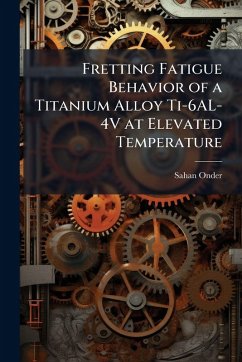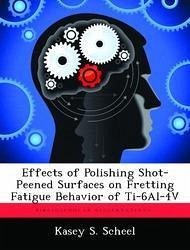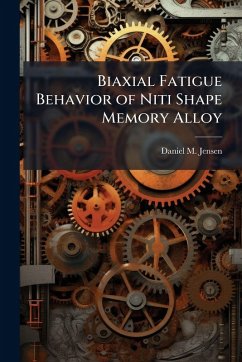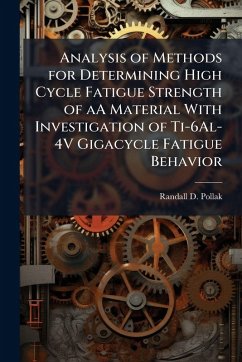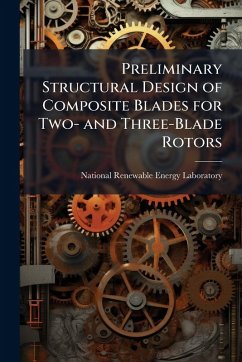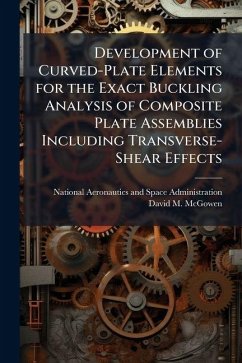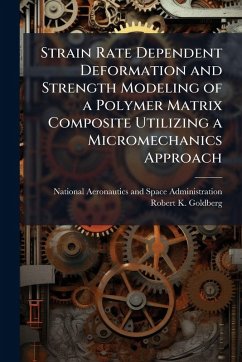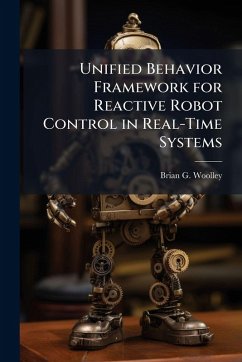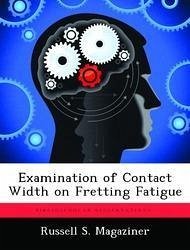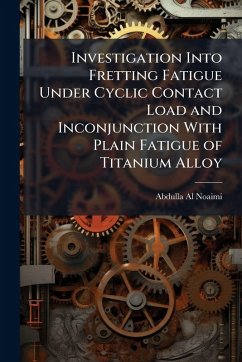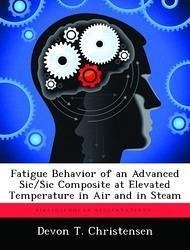
Fatigue Behavior of an Advanced Sic/Sic Composite at Elevated Temperature in Air and in Steam
Versandkostenfrei!
Versandfertig in über 4 Wochen
18,99 €
inkl. MwSt.

PAYBACK Punkte
9 °P sammeln!
The fatigue behavior of an advanced Silicon Carbide/Silicon Carbide (SiC/SiC) ceramic matrix composite (CMC) was investigated at 1200 C in laboratory air and in steam environments. The composite consisted of a SiC matrix reinforced with Boron Nitride (BN) coated Hi-Nicalon fibers woven into eight-harness-satin (8HS) weave plies. Tensile stress-strain behavior and tensile properties were also evaluated at 1200 C. Tension-tension fatigue tests were conducted in both laboratory air and in steam at 1200 C at frequencies of 0.1 Hz, 1.0 Hz, and 10 Hz. The tension-tension fatigue tests had a ratio of...
The fatigue behavior of an advanced Silicon Carbide/Silicon Carbide (SiC/SiC) ceramic matrix composite (CMC) was investigated at 1200 C in laboratory air and in steam environments. The composite consisted of a SiC matrix reinforced with Boron Nitride (BN) coated Hi-Nicalon fibers woven into eight-harness-satin (8HS) weave plies. Tensile stress-strain behavior and tensile properties were also evaluated at 1200 C. Tension-tension fatigue tests were conducted in both laboratory air and in steam at 1200 C at frequencies of 0.1 Hz, 1.0 Hz, and 10 Hz. The tension-tension fatigue tests had a ratio of minimum stress to maximum stress of R = 0.1, with maximum stresses ranging from 80-120 MPa in air and 60-110 MPa in steam. Fatigue run-out was defined as 105 cycles for 0.1 Hz tests and as 2 x 105 cycles for 1.0 Hz and 10 Hz tests. Strain accumulation with cycles and modulus evolution with cycles were analyzed for each fatigue test. The CMC fatigue performance degraded after moving from the air to the steam environment. This work has been selected by scholars as being culturally important, and is part of the knowledge base of civilization as we know it. This work was reproduced from the original artifact, and remains as true to the original work as possible. Therefore, you will see the original copyright references, library stamps (as most of these works have been housed in our most important libraries around the world), and other notations in the work. This work is in the public domain in the United States of America, and possibly other nations. Within the United States, you may freely copy and distribute this work, as no entity (individual or corporate) has a copyright on the body of the work. As a reproduction of a historical artifact, this work may contain missing or blurred pages, poor pictures, errant marks, etc. Scholars believe, and we concur, that this work is important enough to be preserved, reproduced, and made generally available to the public. We appreciate your support of the preservation process, and thank you for being an important part of keeping this knowledge alive and relevant.



